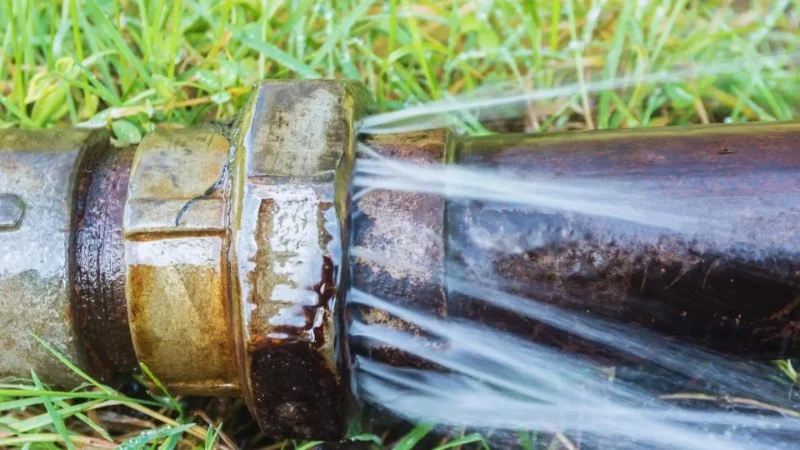
- - Understanding Expanding Joints in Pipes
- - Causes of Leaks in Expanding Pipe Joints
- - How to Prevent Leaks from Expanding Joints
- - Best Practices for Pipe Joint Maintenance
- - Real-Life Case Studies: Preventing Expanding Joint Leaks
Understanding Expanding Joints in Pipes
Expanding joints in pipes are critical components used to accommodate the natural movement of pipes due to temperature changes, vibrations, or structural shifts. These joints, also known as expansion joints, are designed to absorb the stress caused by pipe expansion and contraction, helping to prevent damage and ensure the longevity of the plumbing system.
However, while these joints are essential for maintaining the integrity of the plumbing, they can become a source of leaks if not properly maintained. Over time, the seals within these joints may wear out, causing leaks that can result in water damage and costly repairs. Understanding how these joints work and how to prevent leaks is crucial for any property owner or plumber looking to maintain a reliable plumbing system.
Causes of Leaks in Expanding Pipe Joints
Leaks in expanding joints are a common issue in both residential and commercial plumbing systems. Understanding the root causes of these leaks is the first step toward preventing them. Below are some of the primary reasons why leaks occur in expanding joints:
1. Wear and Tear of Seals
As with any mechanical component, the seals in expanding joints are subject to wear and tear over time. These seals are designed to create a tight seal that prevents water from escaping, but they can degrade due to prolonged exposure to temperature fluctuations, chemicals, or pressure. Once the seals become brittle or damaged, they can no longer effectively prevent leaks.
2. Corrosion and Rust
Pipes and joints made of metal are especially susceptible to corrosion and rust. When metal expands and contracts, it can cause microfractures in the material, allowing moisture to seep through. Over time, these small leaks can expand and lead to more significant water damage. Regular inspection and maintenance can help catch these issues before they become critical.
3. Improper Installation or Maintenance
Another common cause of leaks in expanding joints is improper installation or lack of maintenance. If the joint was not installed correctly, it might not seal properly, leaving room for leaks. Additionally, failure to regularly inspect and maintain the joints can lead to the deterioration of their functionality. Proper installation and regular maintenance are key to preventing these issues.
How to Prevent Leaks from Expanding Joints
Preventing leaks from expanding joints requires a combination of proper installation, regular maintenance, and using the right materials. Here are some proven strategies to keep your expanding joints leak-free:
1. Regular Inspections and Maintenance
One of the most effective ways to prevent leaks in expanding joints is through regular inspections. This should be done at least once a year, or more frequently in areas with extreme temperature fluctuations or high pressure. During the inspection, look for signs of wear, corrosion, or damage. If any seals appear cracked or weakened, replace them immediately to prevent leaks.
2. Use High-Quality Materials
When installing new expanding joints, it’s important to choose high-quality materials that are designed to withstand the pressure, temperature, and environmental factors they’ll be exposed to. For example, rubber or metal expansion joints with strong, durable seals are ideal for long-term performance. Using subpar materials can lead to premature failure and leaks.
3. Properly Size the Expansion Joints
Expansion joints come in different sizes, and selecting the right size is crucial for ensuring they function properly. A joint that is too small for the pipe can be overstressed, leading to leaks, while a joint that is too large may not provide the necessary flexibility. Always consult with a plumbing professional to ensure you’re using the right size for your system.
4. Protect Expansion Joints from Extreme Conditions
Expansion joints are often exposed to harsh environmental conditions, such as extreme temperatures, chemicals, and physical strain. Protecting these joints from such factors can prolong their life and reduce the risk of leaks. Insulating pipes to prevent extreme temperature fluctuations and applying protective coatings can help maintain the integrity of the joints.
Best Practices for Pipe Joint Maintenance
Maintaining pipe joints, particularly expanding ones, is essential for preventing leaks and ensuring the longevity of your plumbing system. Here are some best practices to keep your pipes and joints in top condition:
1. Perform Regular Leak Tests
In addition to visual inspections, performing periodic leak tests can help detect any early signs of trouble. This involves pressurizing the pipes to check for any pressure drops or leaks in the joints. If a leak is detected, it can be addressed before it causes significant damage.
2. Address Leaks Promptly
If you notice any signs of leaks, such as water stains or a decrease in water pressure, don’t delay in addressing the issue. Small leaks can escalate quickly, causing water damage and potentially compromising the structural integrity of your plumbing system. Timely repairs are essential for minimizing the damage.
3. Hire a Professional Plumber for Complex Issues
While basic maintenance can often be handled by homeowners, some issues, such as extensive corrosion or faulty installation, may require the expertise of a professional plumber. Hiring a licensed plumber ensures that the problem is properly diagnosed and fixed, preventing future leaks and prolonging the life of your plumbing system.
Real-Life Case Studies: Preventing Expanding Joint Leaks
Real-life examples highlight the importance of regular maintenance and early intervention in preventing leaks from expanding joints. One homeowner, Lisa, experienced significant water damage in her basement due to a leaking pipe joint. “I had no idea that the expansion joint in the plumbing was the source of the leak. After an inspection, the plumber discovered that the seal had worn out and was leaking slowly for months. I wish I’d known to check it earlier,” she shared.
On the other hand, a local restaurant owner, Mark, took proactive measures to prevent joint leaks in his commercial kitchen. “We made sure to regularly inspect our plumbing, especially the expansion joints, after reading about common issues with leaks in pipes. We haven’t had a single issue in years, and our kitchen’s plumbing system runs smoothly,” Mark said.
These examples illustrate the importance of both regular maintenance and timely action in preventing leaks from expanding joints, saving time, money, and preventing water damage.
If you’re looking for quality materials and tools to prevent leaks from expanding joints in pipes, visit Plumbers Supply Hub for trusted plumbing supplies and professional recommendations on the best solutions for your plumbing needs.

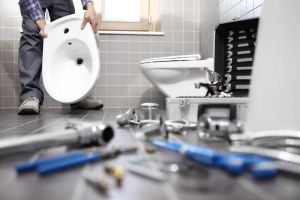

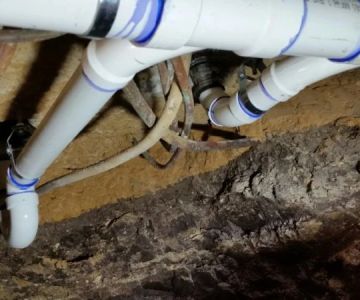
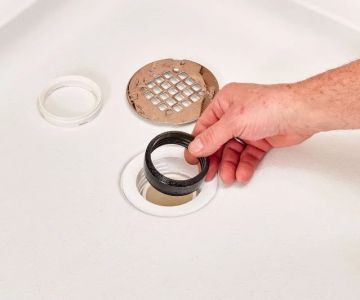
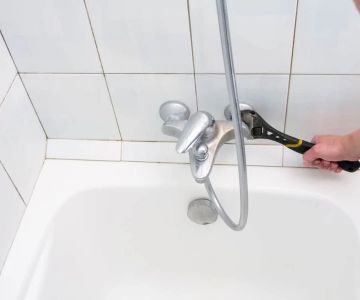
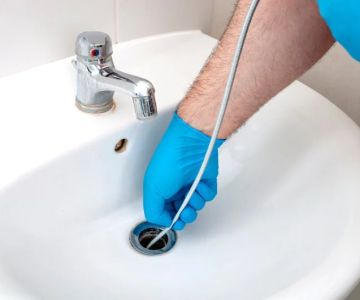
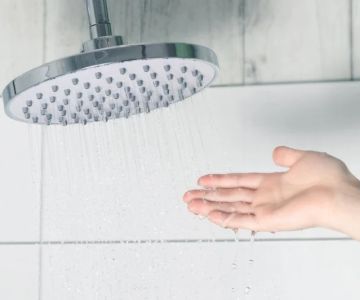
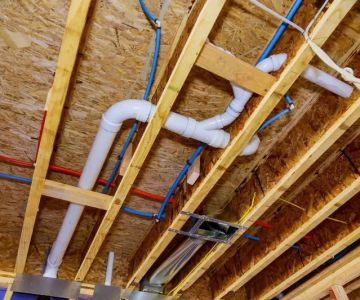
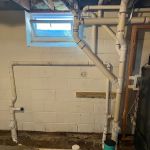 Voda Plumbing Inc.5.0 (26 reviews)
Voda Plumbing Inc.5.0 (26 reviews)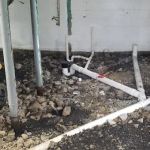 Sewer Flow - Pittsburgh Sewer & Drain Specialists And Plumbing4.0 (443 reviews)
Sewer Flow - Pittsburgh Sewer & Drain Specialists And Plumbing4.0 (443 reviews)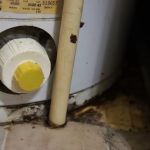 About Plumbing Inc.4.0 (7 reviews)
About Plumbing Inc.4.0 (7 reviews)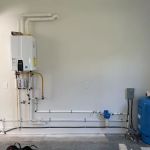 NCPD Service Inc5.0 (180 reviews)
NCPD Service Inc5.0 (180 reviews) Riesen Plumbing & Heating Inc4.0 (37 reviews)
Riesen Plumbing & Heating Inc4.0 (37 reviews) Prophet Co4.0 (9 reviews)
Prophet Co4.0 (9 reviews)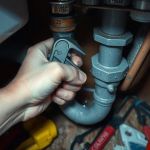 How to Repair a Pipe Saddle That Leaks: Complete Guide
How to Repair a Pipe Saddle That Leaks: Complete Guide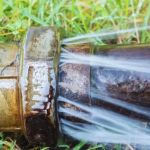 How to Prevent Leaks from Expanding Joints in Pipes: A Complete Guide
How to Prevent Leaks from Expanding Joints in Pipes: A Complete Guide How to Clean and Maintain Your Shower Head for Better Flow
How to Clean and Maintain Your Shower Head for Better Flow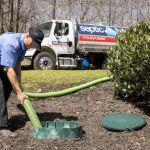 How to Clean Out a Septic Drain Field Safely: Expert Tips and Guidelines
How to Clean Out a Septic Drain Field Safely: Expert Tips and Guidelines How to Locate Hidden Water Leaks in Walls or Ceilings: Tips for Homeowners
How to Locate Hidden Water Leaks in Walls or Ceilings: Tips for Homeowners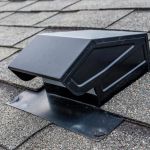 How to Replace a Plumbing Vent Cap on the Roof | Plumbers Supply Hub
How to Replace a Plumbing Vent Cap on the Roof | Plumbers Supply Hub